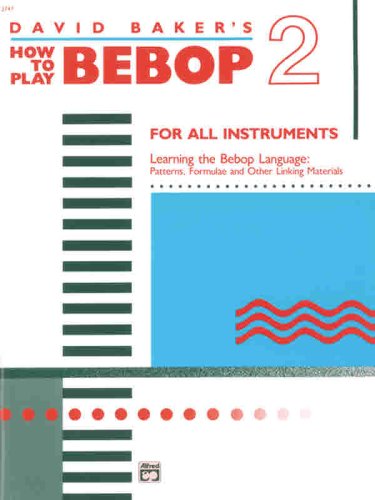

Most ebook files are in PDF format, so you can easily read them using various software such as Foxit Reader or directly on the Google Chrome browser.
Some ebook files are released by publishers in other formats such as .awz, .mobi, .epub, .fb2, etc. You may need to install specific software to read these formats on mobile/PC, such as Calibre.
Please read the tutorial at this link: https://ebookbell.com/faq
We offer FREE conversion to the popular formats you request; however, this may take some time. Therefore, right after payment, please email us, and we will try to provide the service as quickly as possible.
For some exceptional file formats or broken links (if any), please refrain from opening any disputes. Instead, email us first, and we will try to assist within a maximum of 6 hours.
EbookBell Team

0.0
0 reviews
ISBN 10: 0739014854
ISBN 13: 9780739014851
Author: David Baker
Chapter 1: Advanced Chromaticism and Enclosures
Chapter 2: Understanding and Applying the Diminished Scale
Chapter 3: Altered Dominant Scales and Substitutions
Chapter 4: Advanced Arpeggios and Chord Tones
Chapter 5: Melodic Minor Modes in Bebop
Chapter 6: Rhythm and Articulation in Bebop
Chapter 7: Solo Construction and Form
Chapter 8: Transcribing and Analysis of Bebop Masters
Chapter 9: Putting It All Together: Application Exercises
how to play bebop
david baker how to play bebop
david baker how to play bebop pdf
how to play bebop deadlock
david baker how to play bebop vol 1
Tags: David Baker, Bebop, Play